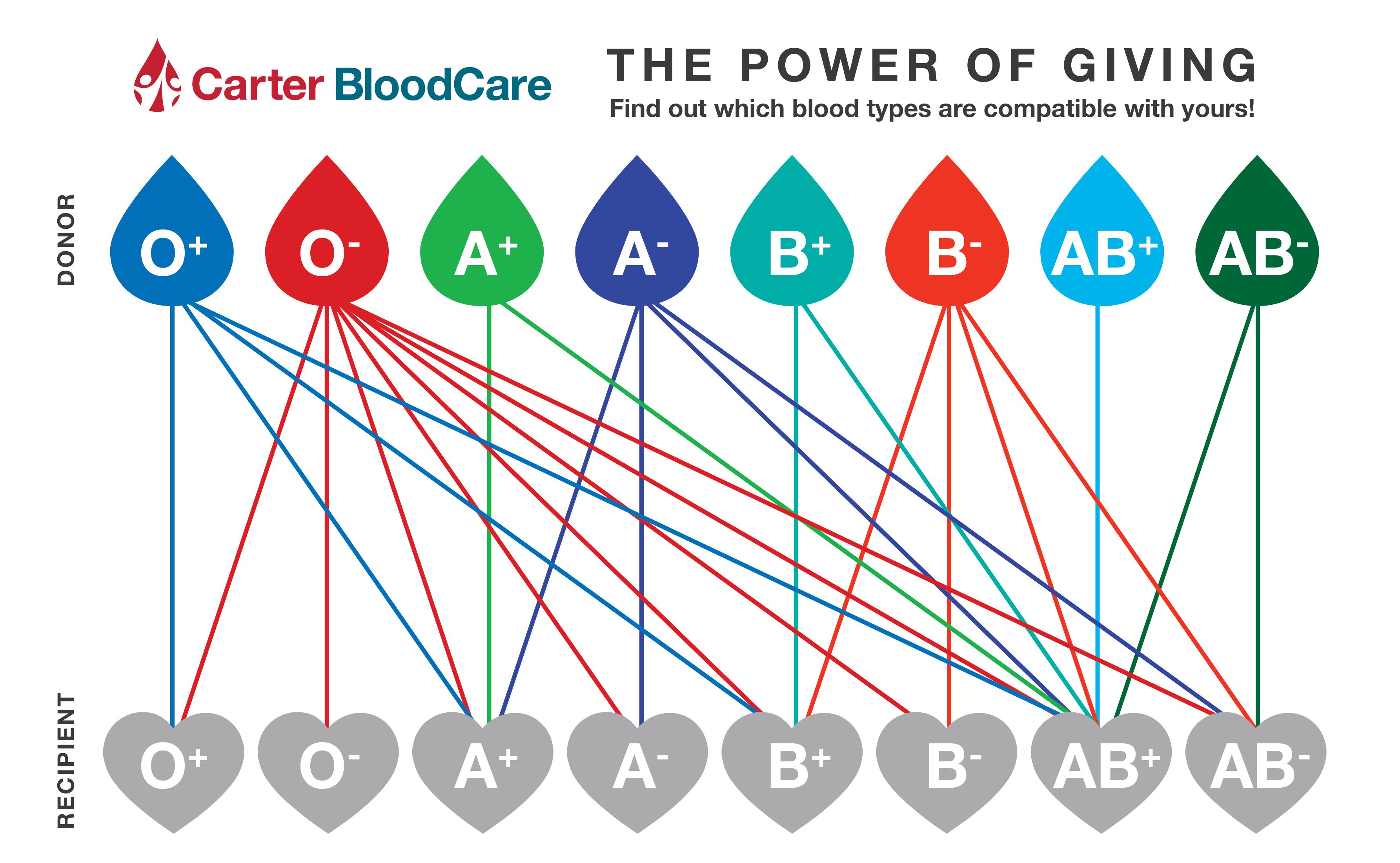


Fifteen percent also determined the patient was a candidate for Rh immune globulin (RhIG). The remaining 56 percent administered Rh positive blood. “D-,” and 30 percent used the term “weak D positive.” Likewise, the survey showed that 44 percent of sites administered Rh-negative blood after the weak D typing. “D+,” 11 percent reported Rh negative, i.e. A 2012 College of American Pathologists (CAP) survey of more than 3100 laboratories showed there were substantial variations in reporting when centers tested for a serologic weak D phenotype.Īpproximately 47 percent of sites reported patients with a serologic weak D phenotype as Rh positive, i.e. The genetic variation of D antigen expression has caused inconsistencies with interpretation in transfusion medicine practice, in particular. Variation in the interpretation of the results.Variation in laboratory testing methods.Differences in the specificity of reagent antibody clones and reagent formulations.Genetic variability in the strength of D antigen expression on some RBCs.Rh typing, on the other hand, can be equivocal due to four factors: Most discrepancies are typically attributed to sample or recording errors. What Causes Rh Blood Group Discrepancies?įor most blood group antigens, serologic testing reveals red blood cells (RBCs) to be either positive or negative for the antigen. This inconsistency then influences how OB-GYNs develop a treatment plan.īelow, we explore why Rh blood group discrepancies occur, what effect they have on obstetrics and how RHD genotyping may provide an effective solution. Anywhere from 2 to 4 percent of women can type as both Rh positive (D+) and Rh negative (D-). Sometimes, though, the results are anything but standard. Rh typing is a standard part of a woman’s first prenatal visit.


 0 kommentar(er)
0 kommentar(er)
